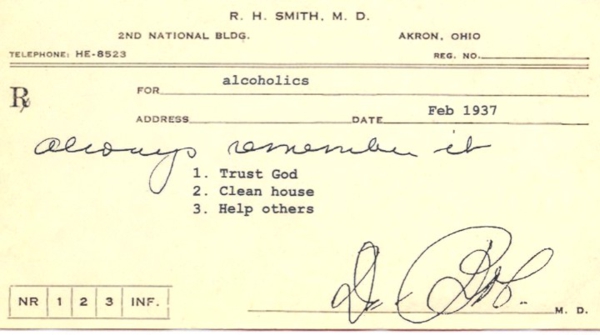Medicine and e-technology write a prescription for change
As recently as a few years ago, communicating with your doctor often meant a 5-minute chat after a 15-minute wait in the lobby. As with many other aspects of daily life, though, the digital revolution has started to change the way physicians administer — and the way their patients receive — health care.
Trending by the numbers
A recent Associated Press article on medicine in the electronic age included some interesting statistics:
- An estimated 20 percent of doctors have websites where patients can schedule appointments and download test results.
- More than half of state public health departments, as well as the Centers for Disease Control, use Twitter and other social media to distribute health tips.
- The CDC’s followers on Facebook and Twitter number almost 2 million.
New confidentiality challenges
Privacy remains a cornerstone of the doctor-patient relationship, but the electronic age has added a new twist. How do physicians take advantage of digital communication without putting confidentiality at risk?
Any doctor who emails a patient about sensitive and personal information will have extra incentive to use a secure system. At least one information technology company has developed special software to help health-care providers navigate their way through the HIPAA privacy law, FDA rules and other regulations.
Fortunately, internet service providers deal with concerns about hackers and identity thieves as a matter of course. Wireless Internet provider CLEAR (visit: internetserviceprovider.net/), for example, protects its 4G network using licensed frequencies and data encoding techniques.
As for social media, the American Medical Association specifically mentions this kind of communication as an area where doctors need to put a particular emphasis on privacy.
Some signs are more subtle
The controversial “individual mandate” took center stage during Supreme Court deliberations on the Affordable Health Care Act. However, restaurant owners may have had just as big a stake in another provision upheld by the court’s 5-4 ruling.
The health-care law also requires that large restaurant chains provide detailed listings of things like nutrition information and calories on their menus and menu boards. The biggest beneficiaries will be the makers of digital menu boards. These electronic signs are flexible and easily adaptable, and they don’t involve costs for printing and laminating.
It’s just one more example of the growing interaction between digital technology and health issues — in this case, filtered through the food service industry.
A natural progression
The Affordable Health Care Act itself encourages the use of communication technology and information sharing among the medical community. However, it looks as though medicine — like so many other institutions — has already started its journey in the digital age.
Greg Crain

